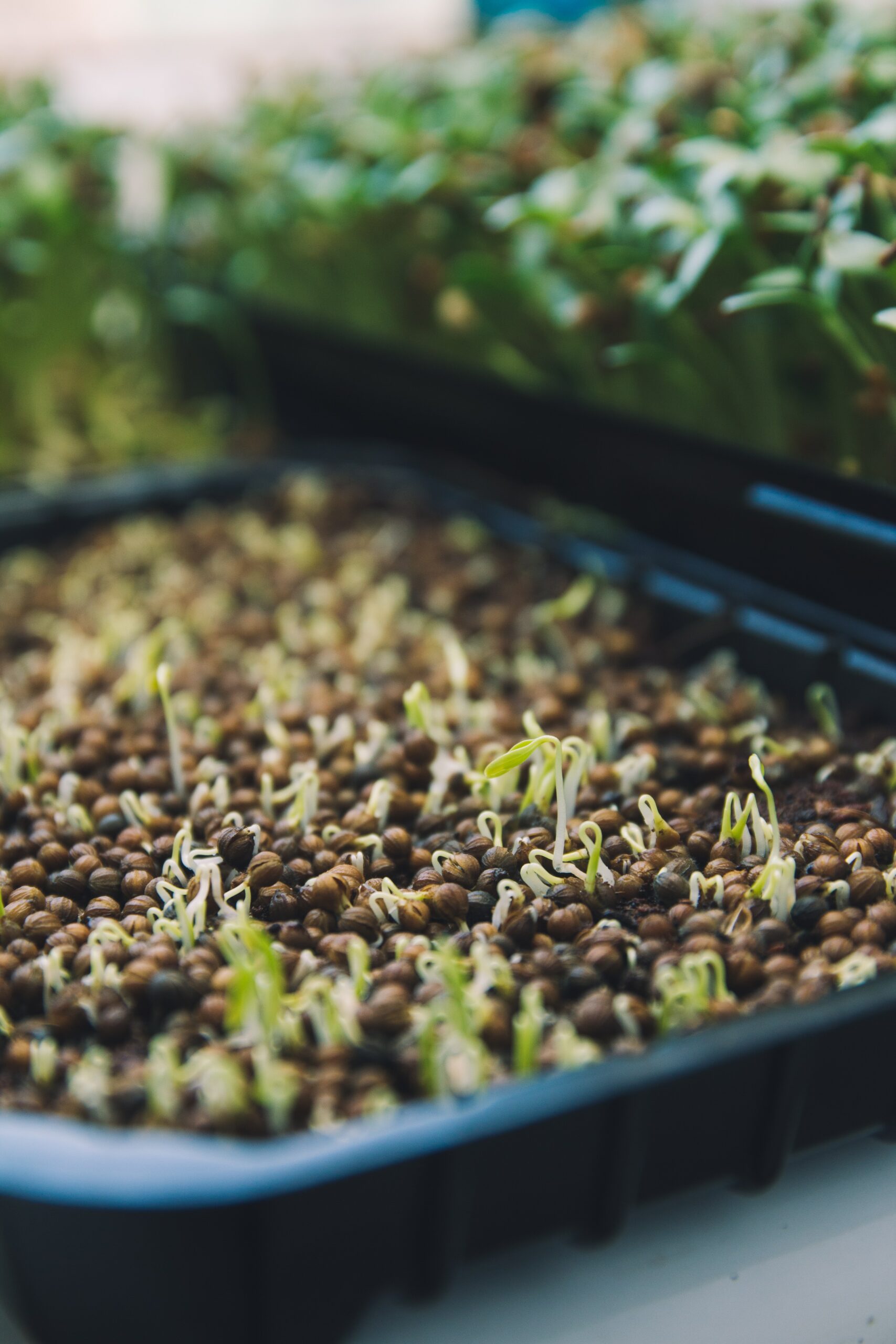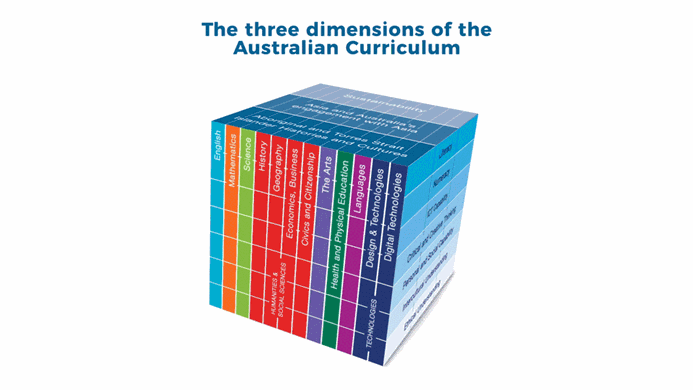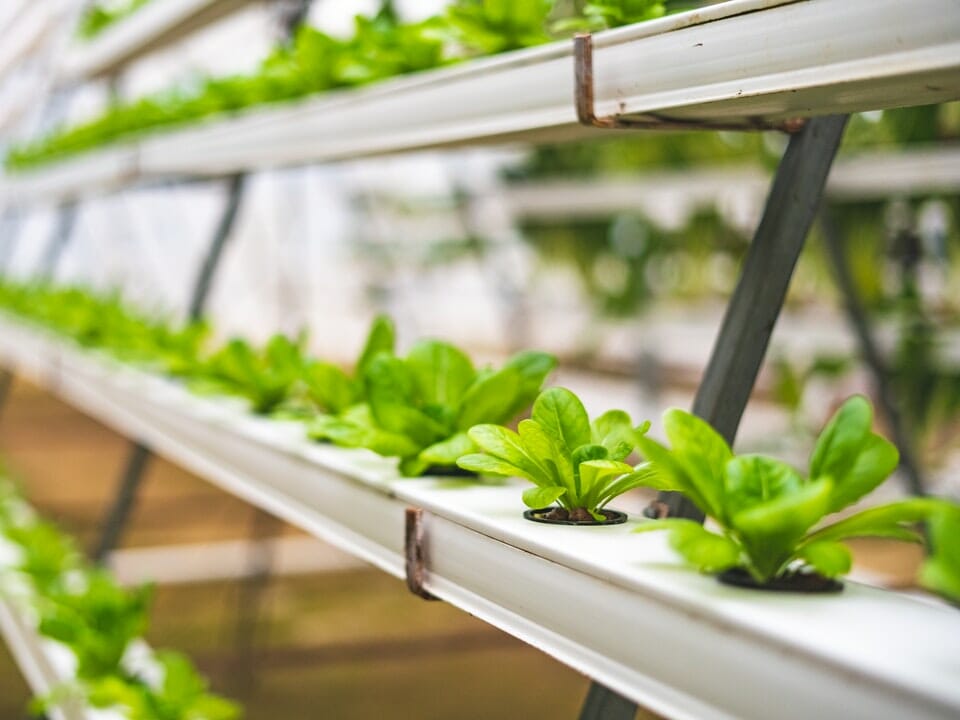Lesson Plan
The Microgreens Experiment
Year Level: Year 5
Learning Area: Cross-curricular (Science, Mathematics, English)
General Capabilities: Literacy, Numeracy, Critical and Creative Thinking, Personal and Social Capability, Ethical Understanding
Cross-curriculum Priorities: Sustainability
Resources: microgreens kit, water, rulers, notebooks, pencils, cameras or tablets for photographing plant progress.
Lesson Duration: 4 weeks (allowing time for plant growth)
Objectives
- Students will understand the plant lifecycle by growing microgreens.
- Students will apply the scientific method to monitor plant growth.
- Students will develop data recording and analysis skills.
- Students will learn about the nutritional value and sustainability aspects of growing microgreens.
Outline
Week 1
Day 1: Introduction
- Start with a discussion on microgreens and their benefits.
- Divide students into small groups and distribute microgreen seeds and planting supplies.
- Guide students through the process of planting their seeds.
Day 2-5: Observation and Journaling
- Each day, students will water their plants and record observations (plant height, number of leaves, etc.) in their notebooks.
- Encourage them to make predictions about how their plants will grow.
Week 2-3
Daily Monitoring and Data Collection
- Continue the daily routine of observation and recording data.
- Once a week, have students share their progress with the class, discussing any similarities and differences in their results.
Week 4
Day 1-4: Final Observations and Data Analysis
- Students continue to monitor their microgreens.
- They will calculate the average growth rate, find patterns or trends in their data, and create a graph to represent their results.
Day 5: Conclusion and Reflection
- Harvest microgreens and allow students to taste them.
- Students will write a final report detailing their experiment process, results, and reflection on what they learned.
- Facilitate a class discussion on the importance of plants in our diet and how growing food at home can contribute to sustainability.
Assessment
- Practical Application: Assessment of students’ ability to plant and care for their microgreens and perform measurements accurately.
- Journaling and Data Analysis: Evaluation of students’ observational records, data analysis, and graphing abilities.
- Group Work: Observation of students’ cooperation and participation in group activities.
- Final Report: Students’ understanding of the plant lifecycle, scientific method, and sustainability will be assessed through their final report.
The “Microgreens Experiment” lesson plan integrates multiple areas of the Australian Curriculum, allowing Year 5 students to engage in practical, hands-on learning that encourages them to think scientifically, work collaboratively, and gain a greater understanding of the world around them.







